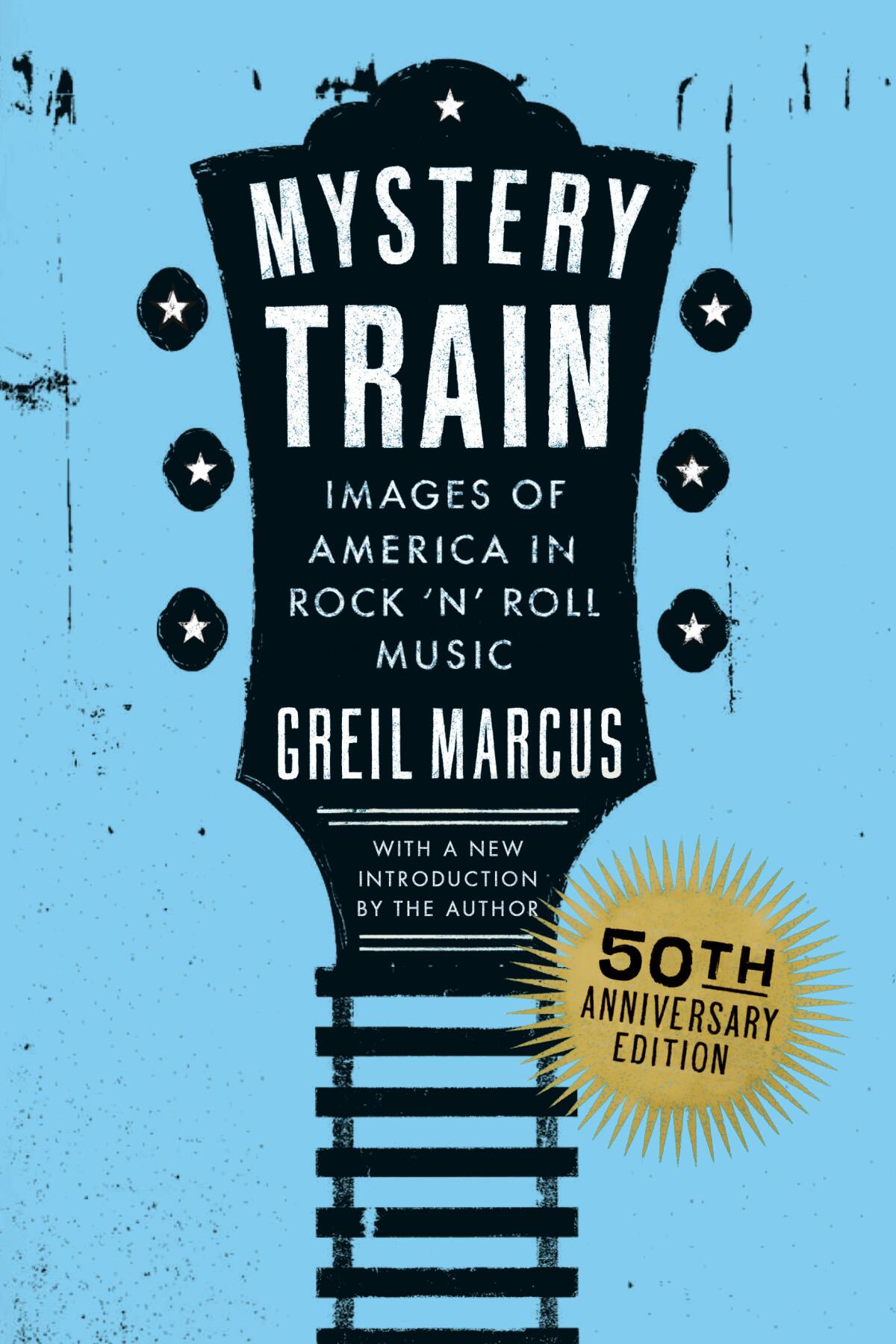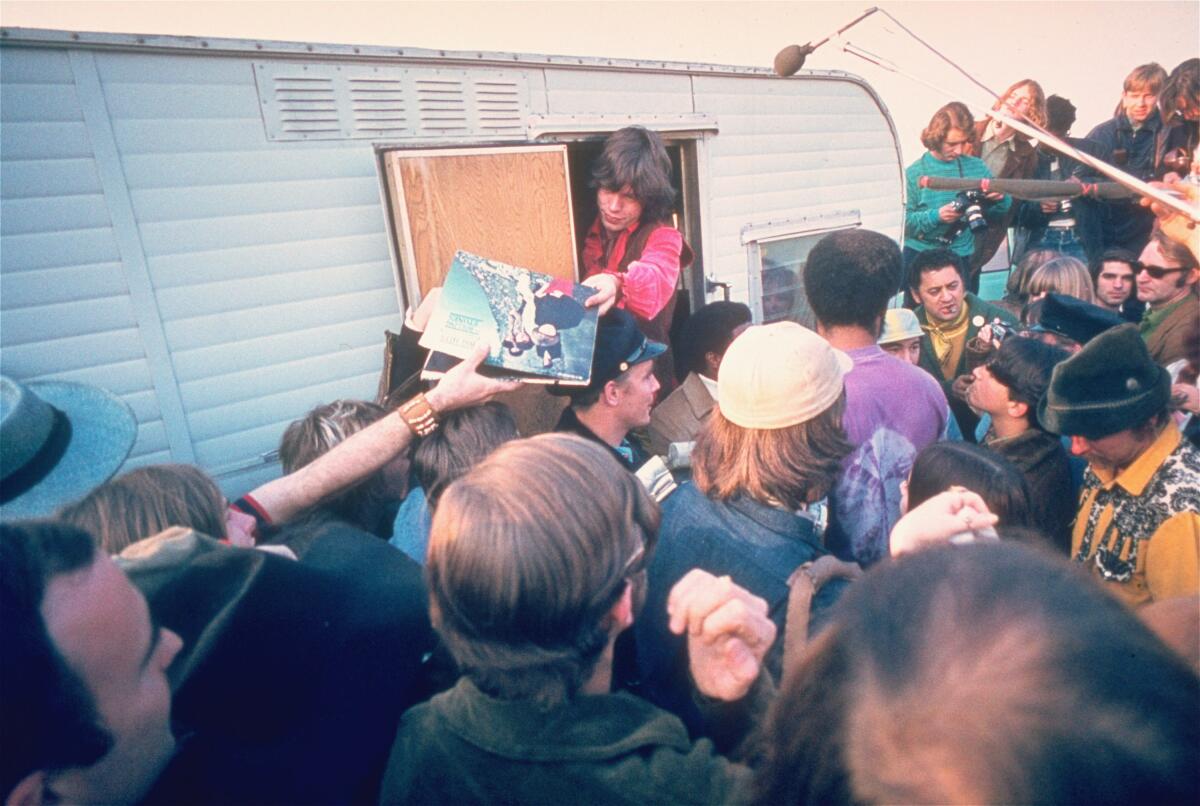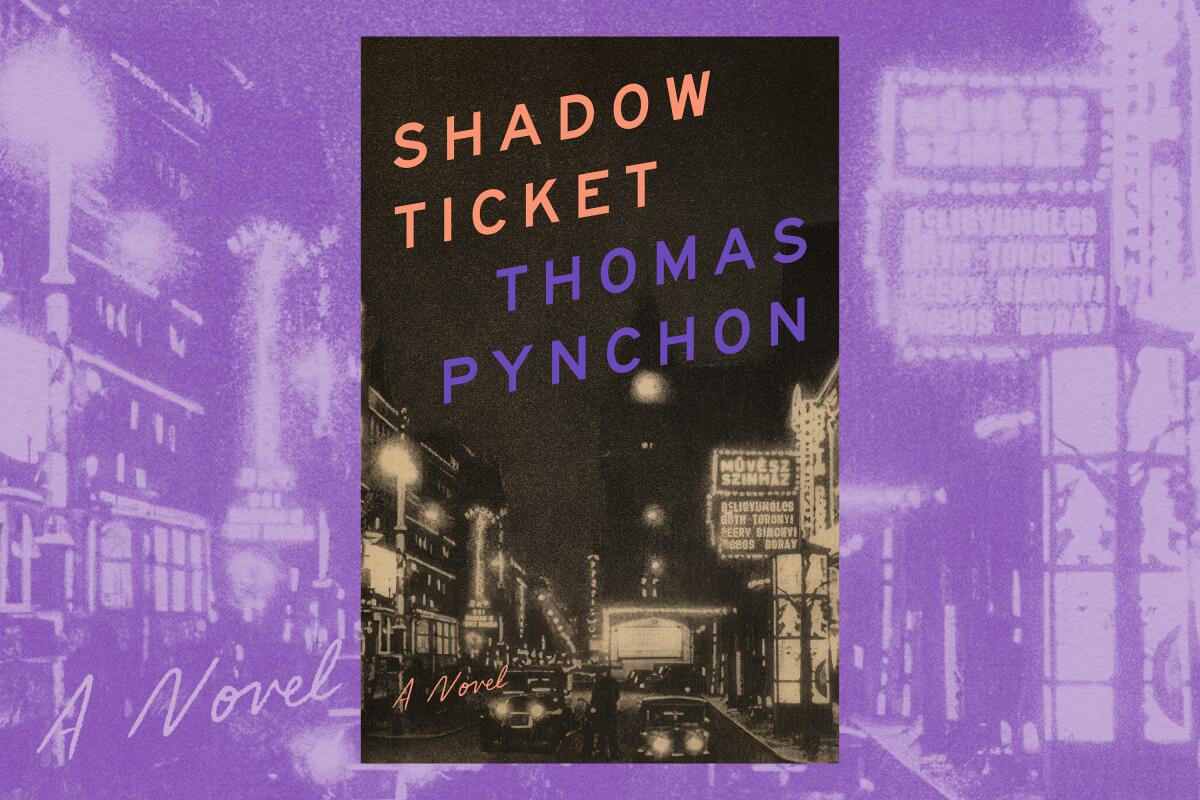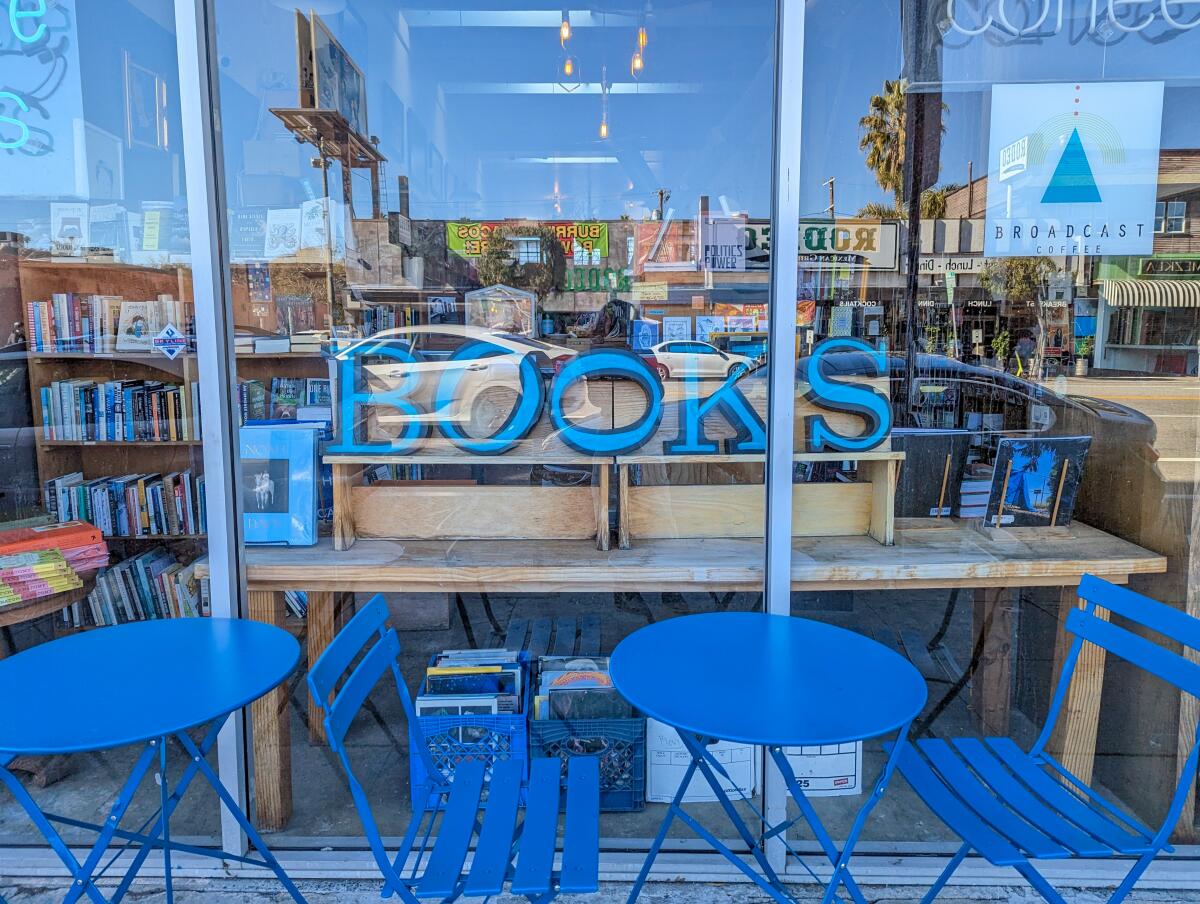When it was first published in 1975, “Mystery Train: Images of America in Rock ‘n’ Roll Music” was immediately recognized as something new. In six taut, probing, far-ranging essays about certain popular or otherwise forgotten musicians, author Greil Marcus cracked open a world of sojourners, tricksters, killers and confidence men — the lost subterranean underlife of America as inflected in the music itself.
“Mystery Train” was a landmark in cultural criticism that took on Rock ‘n’ Roll as a subject of intellectual inquiry. In 2011, Time magazine named “Mystery Train” one of the 100 greatest nonfiction books of all time. For the book’s 50th anniversary, a new edition has been published, with a wealth of new writing from Marcus that brings his book up to date.
On a recent Zoom call, I chatted with him on the 50th anniversary of his book about its lasting impact, the anxiety of influence and the staying power of criticism.
(Please note: The Times may earn a commission through links to Bookshop.org, whose fees support independent bookstores.)
✍️ Author Chat

Book jacket of “Mystery Train” by Greil Marcus.
(Penguin Random House)
Congrats on 50 years of “Mystery Train.” Could you have possibly imagined that it would still have a life in 2025 when you wrote it in 1975?
For this book to have this kind of a life, you can’t predict it. I had a miserable time writing it. I’d never written a book before. I rented a room at a house near our little apartment, and just stayed there all day, trying to write or not trying to write, as the case may be. I didn’t have any hopes or ambitions for it. I just wanted it to look good.
This is the thickest edition of “Mystery Train” yet. Your “Notes and Discographies” section, where you update the reader on new books and recordings about the artists, among other things, is longer than the original text of the book.
That’s what’s kept the book alive. I mean, I still think the original chapters read well. I’m glad they came out the way they did, but for me, they opened up a continuing story, and that has sort of kept me on the beat so that I obsessively would follow every permutation that I could and write them in the notes section.
“Mystery Train” changed the way popular music was written about. Who were your literary antecedents?
Edmund Wilson, Pauline Kael, D.H. Lawrence’s critical studies. Hemingway’s short stories, just as a way to learn how to try to write. There was another book that was important to me, Michael Gray’s “Song and Dance Man,” which was a rigorous examination of Bob Dylan’s music. It was totally intimidating. His knowledge of blues, novels, poetry — I thought there’s no way I can write something as good as this. So I started doing a lot more reading, and listening more widely.
For many readers of the book, it was the first time they came across artists like Robert Johnson or Harmonica Frank. How did you discover these artists?
I was an editor at Rolling Stone magazine in 1969 when the Altamont disaster happened, when people were killed at a free Rolling Stones concert. It was an evil, awful day. I was drained and disgusted with what rock ‘n’ roll had become, and I didn’t want to listen to that music anymore. I found myself in this little record store in Berkeley, and I saw an album by Robert Johnson that had a song called “Four Until Late” that Eric Clapton’s band Cream had covered, so I took it home and played it, and that was just a revelation to me. It led me into another world. It became the bedrock of “Mystery Train.”

Rolling Stones frontman Mick Jagger signs autographs at Altamont Speedway. Later, on Dec. 6, the Stones gave a concert where one fan was stabbed to death by a Hell’s Angel.
(Associated Press)
Your book explores how certain myths transfer across vastly disparate cultures. Had you read the great mythologist Joseph Campbell prior to writing the book?
I read a lot of Joseph Campbell in graduate school. Probably a half-dozen of his books. In some ways they cover the same territory as “Mystery Train.” Campbell makes the argument that myths persist, they don’t even need to be cultivated. They cultivate us, and they are passed on in almost invisible ways. That really struck a chord with me when reading Campbell’s work.
You’re very good at explaining what music sounds like. Are you influenced by fiction at all?
I’d say fiction is part of my work. One of the books that hovered over me when I was writing “Mystery Train” was “The Great Gatsby.” Certain lines, they sang out.
What is the purpose of criticism?
My next book is about Bryan Ferry, the leader of the band Roxy Music. Now, you listen to a song like Roxy Music’s “More Than This” and you say, what makes this so great? How did that happen? What is going on here? That’s what criticism is, just wrestling with your response to something. That thing where someone has captured a moment so completely that you sort of fall back in awe. That’s what I’ve been doing my whole life as a writer. There is this urge to, not exactly take possession of something, but to become a part of it to some small degree.
Your book plumbs the murky depths, exploring the mysterious dream life of America as transmuted through certain music. Are there any mysteries left for you?
Oh, yes, absolutely. I remember when I met Bob Dylan in 1997. He was getting an award, the Dorothy and Lillian Gish Prize, and I was to give a talk. We met and he asked what I was working on. I had just published a book called “Invisible Republic,” about his “Basement Tapes.” He said, “You should write a sequel to that. You only just scratched the surface.” Now, I’m not saying I did a bad job. He said that to me because certain music has infinite depth. So, yes, there are certainly more mysteries to think about.
📰 The Week(s) in Books
Valerie Castallanos Clark loves Jade Chang’s new novel, “What a Time to Be Alive,” calling it “equal parts love letter to Los Angeles, narrative about being a first-generation Asian American, exploration of grief and love and a found-family novel featuring an adoptee that doesn’t put reunion as the emotional climax.”
With “Shadow Ticket,” Thomas Pynchon has delivered a late-career gem, according to David Kipen: “Dark as a vampire’s pocket, light-fingered as a jewel thief, ‘Shadow Ticket’ capers across the page with breezy, baggy-pants assurance — and then pauses on its way down the fire escape just long enough to crack your heart open.”
Finally, Cerys Davies chats with Mychal Threets about his new gig as host of the long-running TV show “Reading Rainbow.”
📖 Bookstore Faves
Ever since it opened its doors in 2008, Stories Books & Cafe has been a community cornerstone. A snug yet carefully curated store, with loads of obscurantist art books and choice indie press titles, Stories also has a cafe tucked in the back that is always bustling. Owner Claudia Colodro runs the store as a creative cooperative with her five co-workers. I talked to the team about the shop on Sunset.
What’s selling right now?
“Mother Mary Comes to Me” by Arundhati Roy, “Martyr!” by Kaveh Akbar, and Thomas Pynchon’s “Shadow Ticket” are a few of our recent big sellers.
Stories is small, yet I always see titles in there I don’t see anywhere else.
Stories prides itself on its painstaking curation, influenced by every employee’s area of expertise. Much like the community we have garnered, Stories leans toward the eclectic, esoteric and even fringe. Over our 17 years in existence, Stories has been a bookstore that loves our local authors and independent publishers, and encourages readers to come in with an open mind more than a predetermined list.
Remarkably, you have endured in a neighborhood that has seen a lot of store closures, post-COVID.
In a world predominantly automatized and authoritative, we like our people and books to be a countermeasure to the mainstream creature comforts — in hopes to push people out of the path of least resistance and into the unseen abundance.
Stories Books & Cafe is at 1716 W. Sunset Blvd., Los Angeles.

